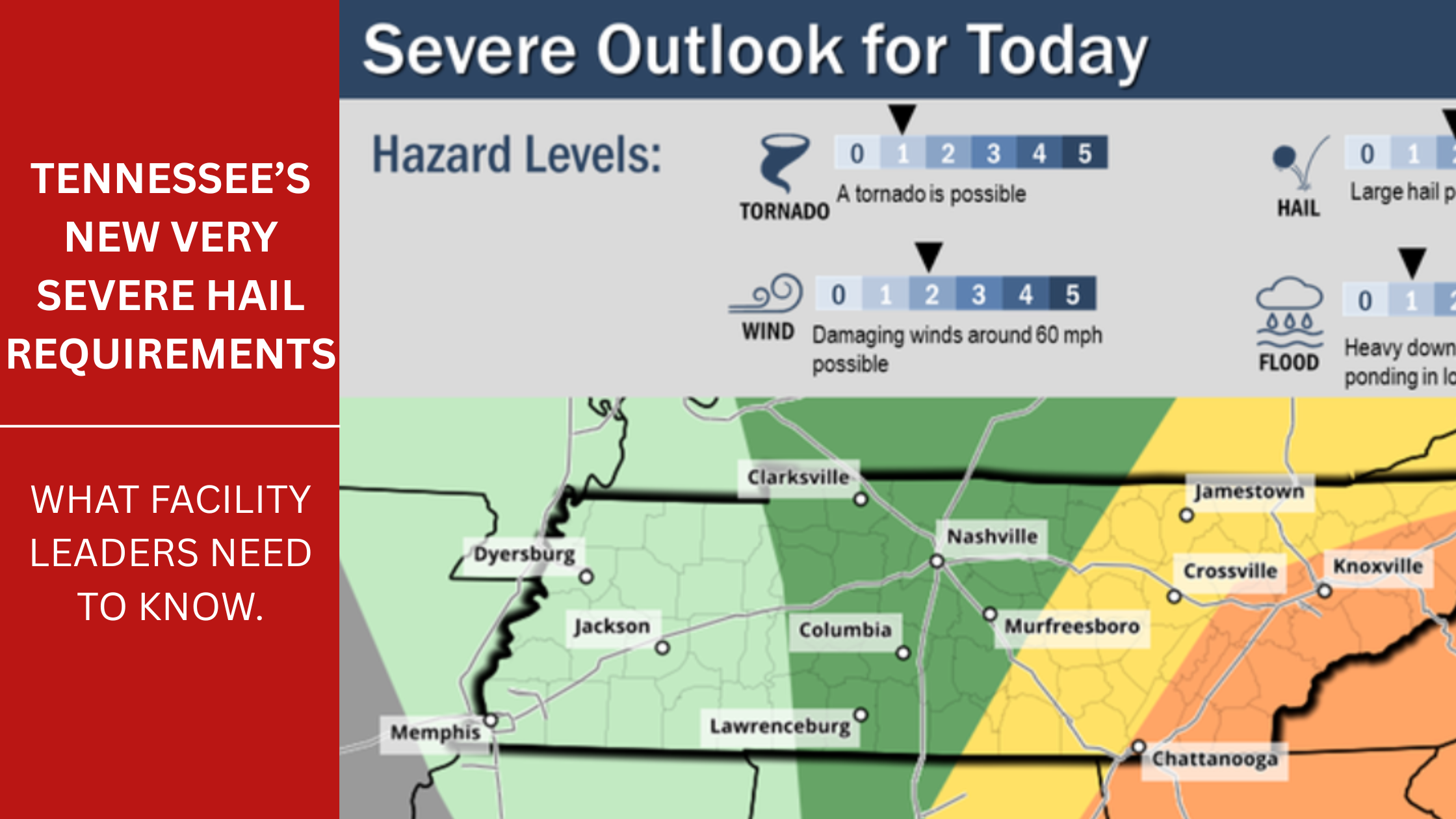This is part of a series on the history of storms and weather.
When you earn the nickname “Mr. Tornado” you’re either a really great weatherman or perhaps a comic book villain.
(BATMAN vs MR. TORNADO is a title we fully expect to see from DC Comics in the near future.)
The real “Mr. Tornado” was neither a typically trained weatherman nor a villain. He was an extremely curious man who saw something interesting during the terrible aftermath of war that helped him learn about weather. As a result he became the world’s foremost expert on wind and tornadoes.
When Tetsuya Fujita was born in Kitakyushu City in 1920, a terrific wind storm pummeled the northern island of Hokkaido in his native Japan. Such a storm was called a “tatsumaki”, but at that time, no one in that country (nor in fact, in the world) understood how the “tatsumaki” (or tornado) worked or what caused it.
Early in his life there was no indication that Fujita would be the man to solve that problem. He advanced through his schooling as a very fine student, but he was most interested in motors and machines. At the age of 14 he designed a scooter that had a motor which enabled him to travel at close to 45 miles per hour. He wanted to build things. In 1943 he graduated from Japan’s esteemed Meiji College of Technology with a degree in mechanical engineering.
With World War II raging on in 1945, the United States dropped two atomic bombs on Japan, effectively ending that terrible conflict. Fujita visited both Hiroshima and Nagasaki and observed the devastation. It was during those visits that his keen mind and curiosity were sparked. At both locations he saw the effects that shock waves had on the trees and buildings. He was fascinated by the results. He started to examine the impact of wind and shock waves on structures.
After a visit to a mountain observatory in Mitaka in 1947, Fujita witnessed a severe thunderstorm. As a result he wrote a report on downdrafts and how air acted within a storm system. A lifelong fascination with storms, wind, and tornadoes was born. Fujita sent his work to Horace Byers at the University of Chicago, one of the foremost meteorologists in the world. Byers was impressed by the unknown Japanese mechanical engineer and invited him to the United States to study under him.
From then on, Fujita (who was known as “Ted”) immersed himself in the study of downdrafts, updrafts, wind, thunderstorms, funnel clouds, microbursts, and tornadoes. His published work on downdrafts from the 1950s is still the most important material on that subject. He constructed a machine that created small tornadoes in a controlled environment in the laboratory, and he ultimately devised a weather scale that bears his name which classifies tornadoes.
The Fujita Scale rates tornadoes on a scale from F0 (least damaging) to F5 (most devastating). The scale is used worldwide. Fujita also pioneered the use of weather measuring devices in high altitudes. He was the first to fly over areas where tornadoes had hit or to fly into storms to study the way they develop. Fujita observed that air temperatures and clouds had a large impact on tornadic activity. Applying his mechanical engineering mind to weather, Fujita was fascinated by how storms were constructed.
“I’m interested in anything that moves,” Fujita once said.
As a result of his decades of study and painstaking research (he was known for pouring over data for hours), Fujita developed the theory (later proven) that most tornadoes consisted of several small funnels that rotate around a larger parent cloud. His analysis of a particularly devastating pair of tornadoes that struck Lubbock, Texas in 1970, helped revolutionize how wind speeds are clocked and how the paths of tornadoes can be predicted. It’s not an exaggeration to say that Fujita’s work saved lives because his data was able to help meteorologists predict where and how tornadoes would strike.
In addition to being interested in severe storms, Fujita performed research on what he dubbed “microbursts” — a phenomenon that can produce gusts upwards of 150-200 miles per hour and have been known to knock planes off course or even out of the sky. He developed his microburst study after researching the crash of an airliner near Kennedy International Airport in 1975. While examining the crash site, Fujita observed that the trees were strewn in a similar pattern as the trees in Japan after the atomic bombings.
“Mr. Tornado” went on to become the director at the University of Chicago Wind Research Laboratory, a position he held until he was 76 years old. He was known as a tireless worker (he was reportedly still doing research from his bed when he died from an illness at the age of 78 in 1998).














